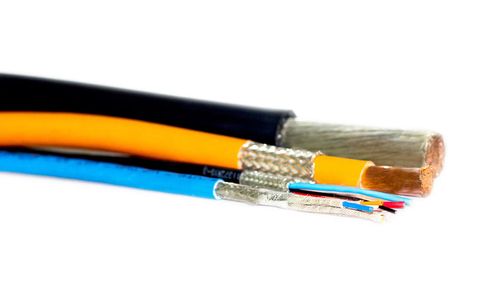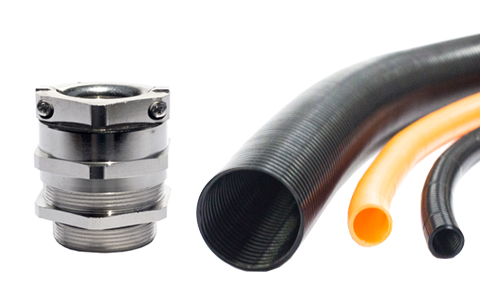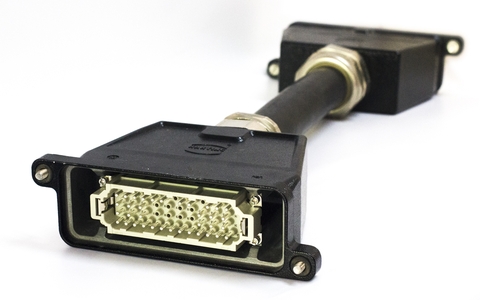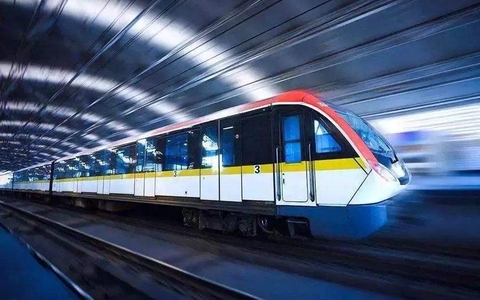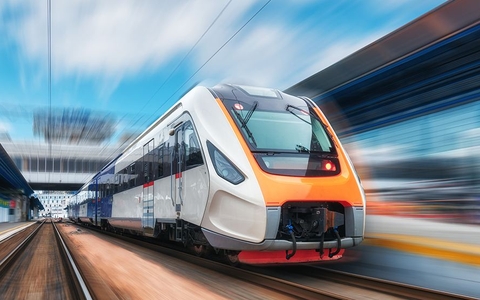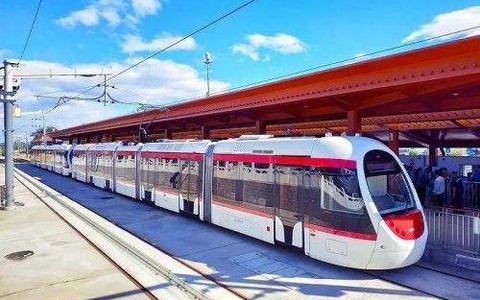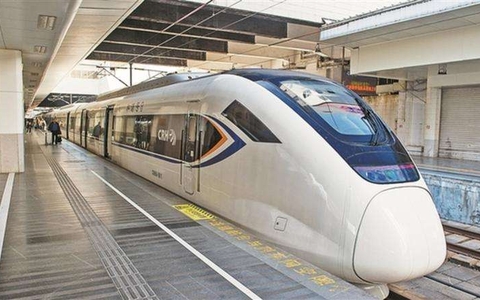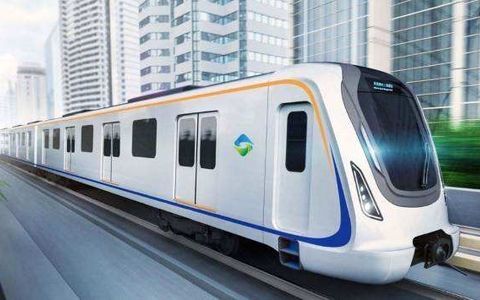Urban rail transit
Briefing
Urban rail transit is an all-encompassing term for various types of local rail systems providing passenger service within and around urban or suburban areas. The set of urban rail systems can be roughly subdivided into the following categories, which sometimes overlap because some systems or lines have aspects of multiple types.
Rapid transit
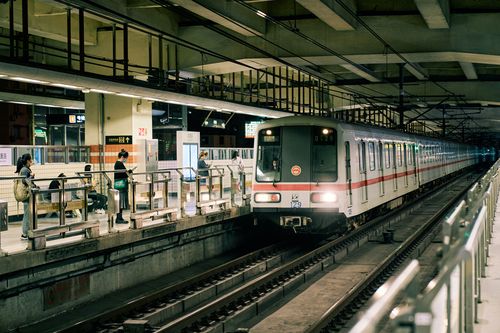
A rapid transit system is a railway—usually in an urban area—with high passenger capacities and frequency of service, and (usually) full grade separation from other traffic (including other rail traffic). It is often known as "heavy rail" to distinguish it from light rail and bus rapid transit.
In most parts of the world, these systems are known as a "metro" which is short for "metropolitan". The term "subway" is used in many American systems, as well as in Glasgow and Toronto. The system in London is named the "Underground" and commonly nicknamed the "tube". Systems in Germany are called "U-Bahn", which stands for "Untergrundbahn" (underground track). Many systems in East, Southeast and South Asia such as Taipei, Chennai and Singapore are called "MRT" which stands for "mass rapid transit". Systems which are predominantly elevated may be referred to as "L" as in Chicago or "Skytrain", as in Bangkok and Vancouver. Other less common names include "T-bane" (in Scandinavia) and "MTR".
Light rail
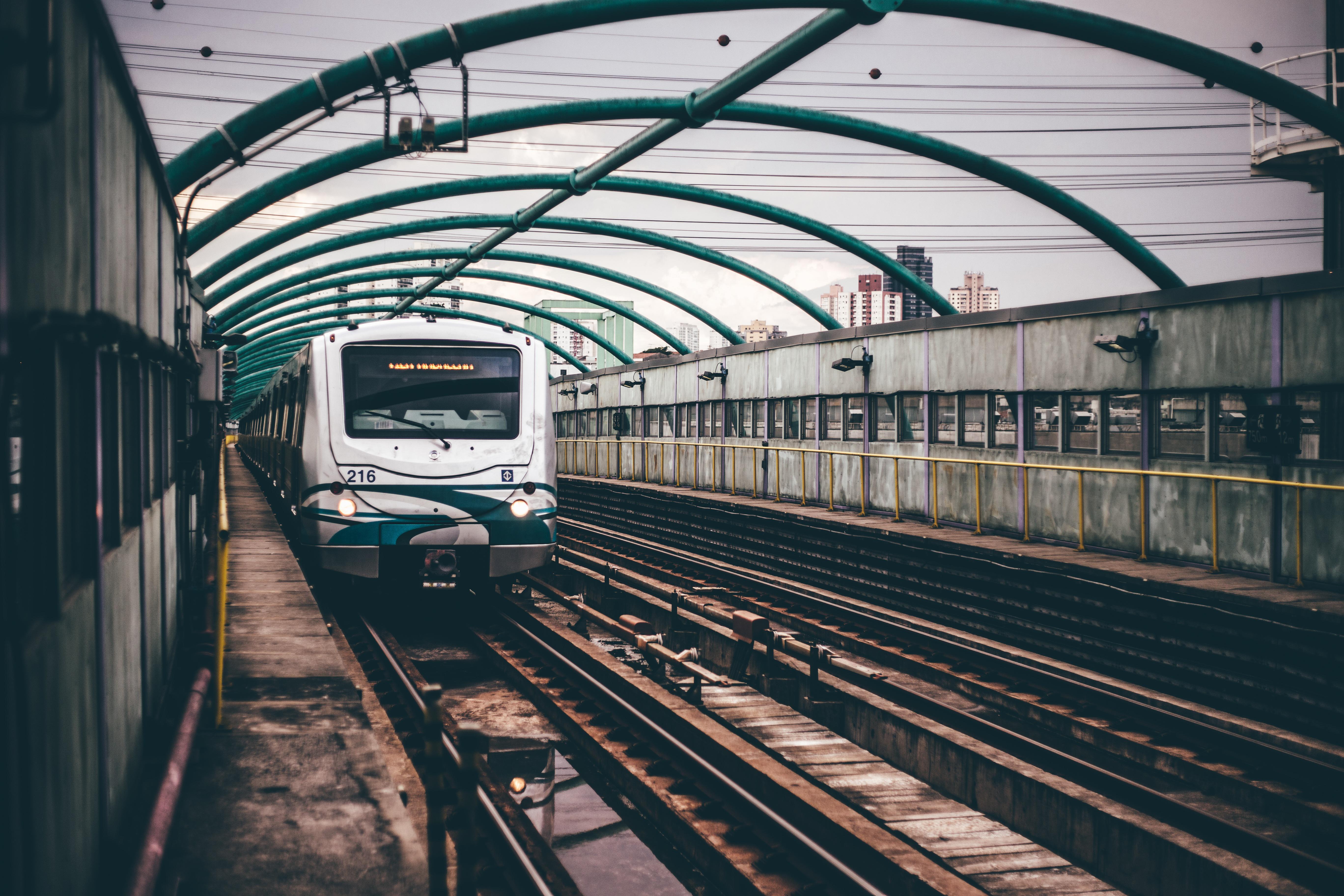
A light rail system is a rail-based transit system that has higher capacity and speed than a tram, usually by operating in an exclusive right-of-way separated from automobile traffic, but which is not (as rapid transit is) fully grade-separated from other traffic. Light rail also generally operates with multiple units’ trains rather than single tramcars. It emerged as an evolution of trams/streetcars. Light rail systems vary significantly in terms of speed and capacity. They range from slightly improved tram systems to systems that are essentially rapid transit but with some level crossings.
Tram
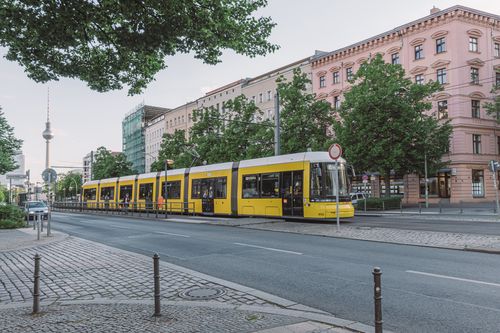
A tram, streetcar, or trolley system is a rail-based transit system that runs mainly or completely along streets (i.e., with street running), with a relatively low capacity and frequent stops. Passengers usually board at street- or curb-level, although low-floor trams may allow level boarding. Longer-distance lines are called interurbans or radial railways. Few interurbans remain, most having been upgraded to commuter rail or light rail, or else abandoned.
The term "tram" is used in most parts of the world. In North America, these systems are referred to as "streetcar" or "trolley" systems; in Germany, such systems are called "Straßenbahn" which literally translates as "street train" or "street railway". Updated tram systems have higher passenger capacities than traditional streetcars.
Commuter rail
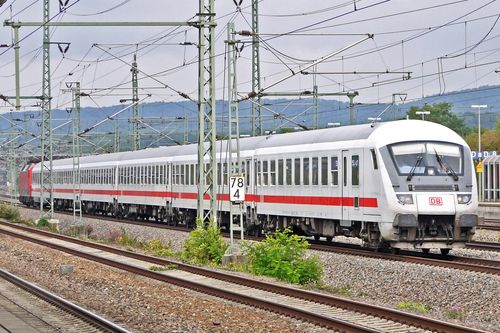
A commuter rail, regional rail, or suburban rail system operates on mainline trackage which may be shared with intercity rail and freight trains. Systems tend to operate at lower frequencies than rapid transit or light rail systems but tend to travel at higher speeds, have more widely spaced stations, and cover longer overall distances. They have high passenger capacities per a single train.
Though many European and East Asian commuter rail systems operate with frequencies and rolling stock similar to that of rapid transit, they do not qualify as such because they share tracks with intercity/freight trains or have at grade crossings. For example, S-trains are hybrid systems combining the characteristics of rapid transit and commuter rail systems. Generally, S-trains share tracks with mainline passenger and freight trains, but distances between stations and service headway resemble Metro systems.
AGT
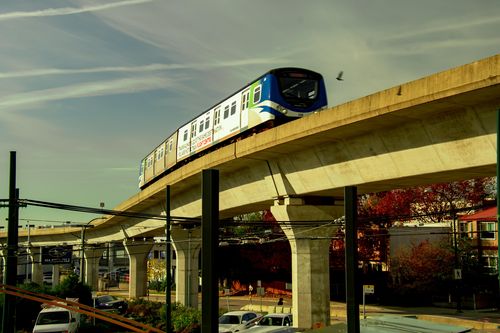
An automated guideway transit (AGT) system is one type of light transit infrastructure with a track or riding surface that supports and physically guides one or more driverless vehicles along its length. The vehicles are often rubber tyred or steel wheeled, but other traction systems including air cushion and maglev have been implemented. The guideway normally provides both physical supports, like a road, as well as the guidance. In the case of fixed-route systems, the two are often the same in the same way that a rail line provides both support and guidance for a train. For systems with multiple routes, most AGT systems use smaller wheels riding on the guideway to steer the vehicle using conventional steering arrangements like those on a car.
As of Dec.31, 2021, the total operational urban rail transit mileage in China reaches 8108km and 5126 stations spreading over a total of 269 lines in 51 cities. Since 2007 Metallurgica bresciana’s high performance rolling stock cables were installed in numerous projects for more than 30 cities nationwide, covering full vehicle platform range of rapid transit, light rail, tram, commuter rail and AGT.







